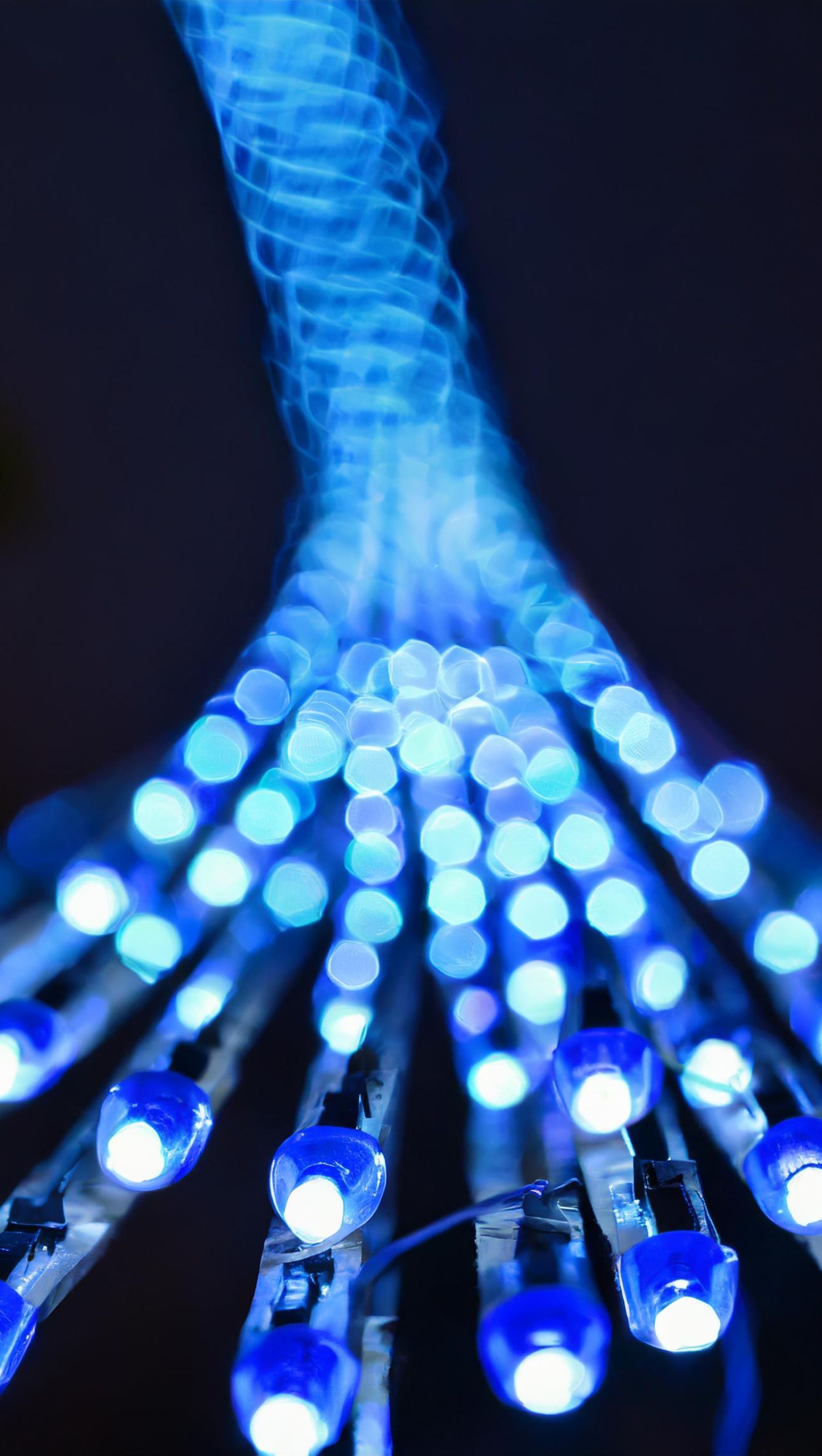Light-emitting diodes (LEDs)
Project Leader
Associate Professor Dr. Norzaini Zainal
An ideal way to develop low TDD AlN layers is by growing the layers on UV-transparent AlN substrates. At present, the AlN substrates are pricey and have limited availability. Silicon carbide (SiC) is considered as the next ideal substrate for AlN. Unfortunately, it is also costly. For this reason, sapphire has become the common substrate for AlN growth. Nonetheless, the AlN growth on sapphire can lead to high TDD of above mid-109 cm-2 due to a large difference of atomic crystal structures between both materials. To date, many methods have been proposed to reduce the TDD. For examples, epitaxy lateral overgrowth (ELOG) [2], pulsed atomic layer epitaxy [3], high annealing temperature over 1700 C [4] and extrinsic supersaturated vacancies engineering [5]. While these methods can lower the TDD to below mid-108 cm-2, the incorporation of additional complex procedures are also required. So far, there still lack of viable methods to obtain a low TDD AlN on sapphire substrate in straightforward manners.
It has been reported that introducing gallium surfactant (Ga-surfactant) during the AlN growth on SiC substrate can mitigate the TDD and surface of the AlN [6]. Through this process, a small number of Ga atoms temporarily incorporate into the AlN crystal lattices and will leave from the lattices after a short period of time. With the presence of the Ga atoms during the AlN growth, the surface energy can be lowered, and this is helpful to suppress three-dimensional (3D) islands formation. Such islands often lead to new TDs generation and surface roughening. Unfortunately, this method is less successful for AlN growth on sapphire due to the formation of unwanted AlGaN phase materials and Ga-rich regions [7]. These effects can lead to additional defects, dislocations, and strain, which degrade the material quality of AlN layers. The notorious effects may arise from the non-optimized Ga-surfactant concentration. Excessive Ga-surfactant causes the Ga atoms to remain in the AlN crystal lattices to form the AlGaN phase materials and Ga-rich regions, while insufficient Ga-surfactant limits the likelihood for the 3D islands suppression.
This project attempts to break the limitation of Ga-surfactant in AlN growth on sapphire substrate by investigating the impact of Ga-surfactant concentration. The finding of the project can serve as the key in underpinning the right process for realizing high quality AlN layers for UV LEDs.
Team Members
-
Dr. Wan Maryam Wan Ahmad Kamil
Universiti Sains Malaysia
-
Associate Professor. Dr. Ahmad Shuhaimi Abu Bakar
Universiti Malaya
-
Associate Professor. Dr. Tan Swee Tiam
Xianmen (Malaysia) University.
-
Dr. Ahmad Fakhurrazi
Universiti Islam Antarabangsa
Collaborators
-
Professor. Dr. Markus Weyers
Ferdinand Braun-Institute, Germany
-
Professor. Dr. Boon S. Ooi
KAUST, Saudi Arabia
-
Professor. Dr. Julien Brault
CHREA-CNRS, France
-
Dr. Yilmaz Dikme
Element 3-5 GmbH, Germany
